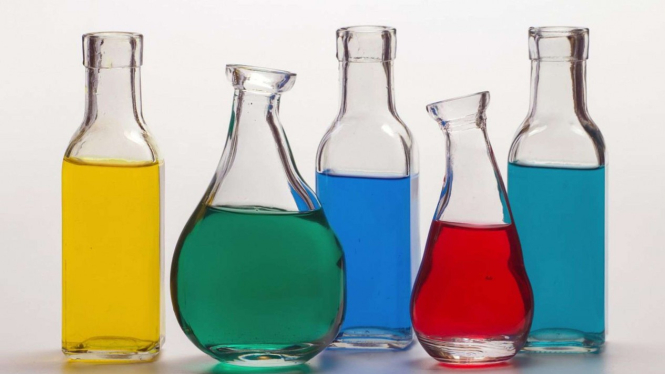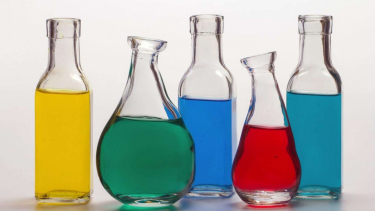- domeckopol/pixabay
VIVA – Humans and life cannot be separated from dyes, for example, food coloring, beverages, textiles, and care products. These products use colorants to attract attention or help identify the product type.
Unfortunately for some people, dyes can have side effects. People with dye allergies should be extra careful with products they use or the foods and drinks they eat.
The reason why someone can be allergic to dyes is that dyes made from various sources, both natural and synthetic. Each dye has its properties and regulations.
Dyes have been around for a long time and continue to be developed until now and are available in various types. One of the distinguishing characteristics between these types of dyes is their chemistry with the material, as opposed to color pigments which do not bind to a substance.
The content quality of a dye can has an impact on people who consume or come into contact with it. Some people have natural adverse reactions to dyes.
ilustrasi pewarna
- frankspandl/pixabay
Symptoms of a dye allergy include rash, itching, and anaphylactic shock, which can be life-threatening.
Well, here’s the explanation of various colors, color content, and reactions caused by someone who has color allergies.
Red 40/allure red: made from coal tar and refined petroleum. The reactions caused include itching, swelling, and hyperactivity in children. Usually present in food and cosmetic products.
Yellow 5/tartrazine: associated with hyperactivity in children and various other types of allergic reactions. Comes in a variety of foods.
Yellow 6/sunset yellow: This dye contains carcinogenic substances. If exposed in the long term carcinogenic can trigger the growth of cancer cells. In addition, it can trigger other types of allergies and anaphylactic shock. Usually, yellow finds in medicines, foods, and cosmetics.
Red 4/carmine: This dye is derived from dried cochineal extract. The red color is found in burgers, sausages, drinks, and candies. Symptoms of the red dye include hypersensitivity reactions that range from swelling, and rash, to anaphylactic shock.
Blue 1/brilliant blue: relatively common in food, medicine, and cosmetics. Indications of allergy to blue food coloring include hypersensitivity.
Textile dyes: Various textile dyes can cause a contact dermatitis reaction. Allergies may arise in body parts that often rub or sweat, such as the folds of the waist and inner thighs.

























